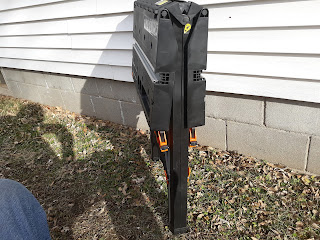The Tool Box Dilemma
There still goes on a raging debate over how to transport one's tools and accessories when one is a mobile worker. Whether a specific tradesperson or a free range technician or handyman, you have to move a lot of stuff to go do your job. As a professional handyman involved in business property services, I can change kit not just day to day, but multiple times within a day. One place I'm doing minor plumbing. The next minor electrical. Then an installation project followed by an assembly project with a repair job somewhere in between. That's a LOT of different tools, accessories, hardware, and materials to keep on hand. Some things only get used in electrical work or plumbing work, etc... They stay in a tool box or bag specifically to that purpose. Other tools get used across the board on different types of projects. They go in a box or bucket everywhere I go. But again, that's a LOT of stuff to have to keep on hand all the time. That's a lot of diffe
